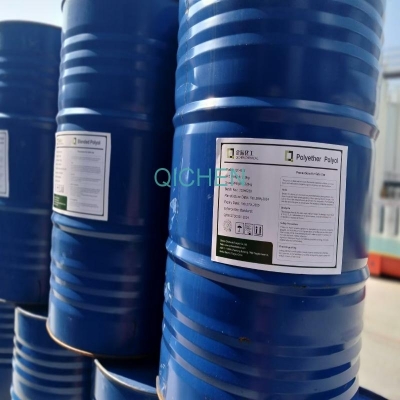-
Categories
-
Pharmaceutical Intermediates
-
Active Pharmaceutical Ingredients
-
Food Additives
- Industrial Coatings
- Agrochemicals
- Dyes and Pigments
- Surfactant
- Flavors and Fragrances
- Chemical Reagents
- Catalyst and Auxiliary
- Natural Products
- Inorganic Chemistry
-
Organic Chemistry
-
Biochemical Engineering
- Analytical Chemistry
-
Cosmetic Ingredient
- Water Treatment Chemical
-
Pharmaceutical Intermediates
Promotion
ECHEMI Mall
Wholesale
Weekly Price
Exhibition
News
-
Trade Service
In recent years, with the rapid development of wearable devices, the demand for bendable flexible batteries has also increased rapidly, and various flexible battery designs are also emerging, but most flexible battery designs will lead to a significant reduction in the energy density of lithium-ion batteries, affecting the battery life
of wearable devices.
In order to solve this problem, Columbia University researchers were inspired by the structure of the biological spine to develop a flexible lithium battery that maintains the advantage of
high volumetric energy density while ensuring good flexibility.
It is reported that the basic structure of the flexible battery can be divided into a trunk and branches connected to the trunk, which will be wound around the trunk, and finally form a structure similar to the animal vertebrae, which is connected by the trunk and the external circuit
.
Such a structure not only ensures that the battery has good flexibility, but also greatly improves the energy density of the flexible battery, and when LiCoO2/graphite is used as the active material, the specific energy of the battery volume of the structure can reach 242Wh/L
.
Flexible batteries can undergo thousands of bends and torsions over their entire life cycle, so the researchers evaluated the stability of flexible batteries under mechanical loads using a mechanical structure
.
Even when the bending radius of the battery reaches 20mm, the battery can still be stably charged and discharged, and the capacity is only slightly reduced, which indicates that most of the active material can maintain contact with the current collector during the bending process, and there is no obvious loss of the active material
.
This design of Columbia University researchers fully draws on the characteristics of animal spine, combined with the structural characteristics of lithium-ion batteries, through the biomimetic structure greatly reduces the damage caused by bending and torsion and other deformations to current collectors and active substances, while ensuring the flexibility of the battery, but also greatly improves the energy density of the flexible battery, improves the practicality, the flexible lithium battery has broad application prospects
in the future wearable devices, especially smart watches.
In recent years, with the rapid development of wearable devices, the demand for bendable flexible batteries has also increased rapidly, and various flexible battery designs are also emerging, but most flexible battery designs will lead to a significant reduction in the energy density of lithium-ion batteries, affecting the battery life
of wearable devices.
In order to solve this problem, Columbia University researchers were inspired by the structure of the biological spine to develop a flexible lithium battery that maintains the advantage of
high volumetric energy density while ensuring good flexibility.
It is reported that the basic structure of the flexible battery can be divided into a trunk and branches connected to the trunk, which will be wound around the trunk, and finally form a structure similar to the animal vertebrae, which is connected by the trunk and the external circuit
.
Such a structure not only ensures that the battery has good flexibility, but also greatly improves the energy density of the flexible battery, and when LiCoO2/graphite is used as the active material, the specific energy of the battery volume of the structure can reach 242Wh/L
.
Flexible batteries can undergo thousands of bends and torsions over their entire life cycle, so the researchers evaluated the stability of flexible batteries under mechanical loads using a mechanical structure
.
Even when the bending radius of the battery reaches 20mm, the battery can still be stably charged and discharged, and the capacity is only slightly reduced, which indicates that most of the active material can maintain contact with the current collector during the bending process, and there is no obvious loss of the active material
.
This design of Columbia University researchers fully draws on the characteristics of animal spine, combined with the structural characteristics of lithium-ion batteries, through the biomimetic structure greatly reduces the damage caused by bending and torsion and other deformations to current collectors and active substances, while ensuring the flexibility of the battery, but also greatly improves the energy density of the flexible battery, improves the practicality, the flexible lithium battery has broad application prospects
in the future wearable devices, especially smart watches.







